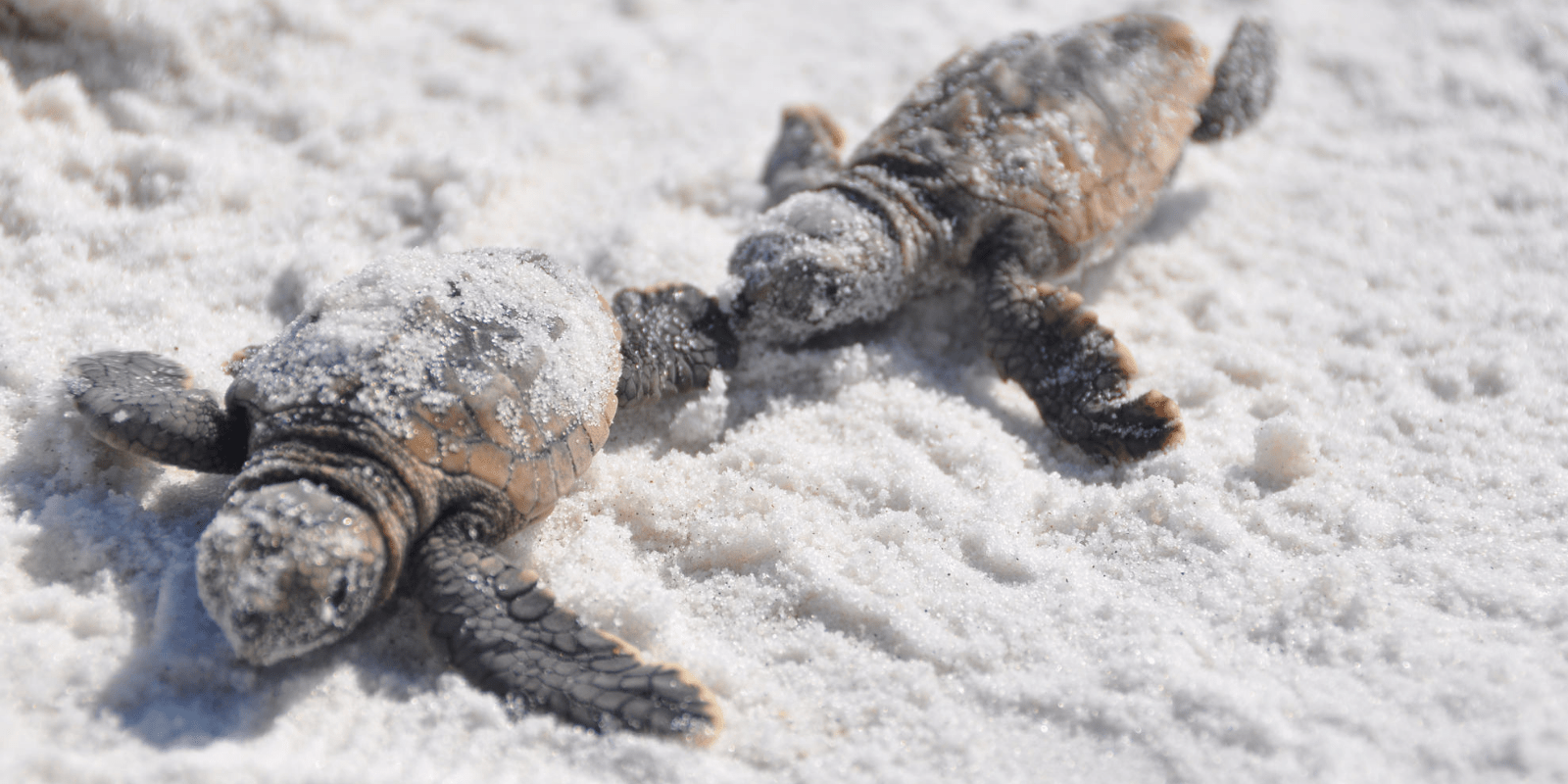We have much more to do and your continued support is needed now more than ever.
Wildlife Calm in the Storm

At the McFaddin National Wildlife Refuge in coastal southeast Texas, a three-mile stretch of restored dunes and renourished beaches held up to the battering winds and torrential rains of Hurricane Harvey. Completed just a few months prior to Harvey’s wrath, this restoration project withstood the storm’s impacts and will continue benefiting wildlife and people!
The beach and dune restoration project at McFaddin is part of a larger effort to restore and protect the Salt Bayou Watershed – the largest contiguous estuarine marsh complex in Texas, spanning approximately 139,000 acres. It is arguably one of the most important natural defenses that exists along the Texas Coast. Researchers have estimated that 6 to 8 miles of wetlands can reduce storm surge by 3 feet on average.
The Best Kind of Storm Protection
This vast network of coastal wildlife habitats offers storm protection to a highly populated and industrial region of Texas, including the city of Beaumont.
Characterized by freshwater and estuarine marsh, coastal prairies, beaches, tidal flats, and aquatic vegetation, the Salt Bayou Watershed is used by a wide variety of fish and wildlife. It is one of the most important flyways in the world for wintering and migratory birds, and it is primary habitat for resident waterfowl like the mottled duck. Numerous wading and marsh birds can be found here, like roseate spoonbills and king rails.
Many threatened and endangered species also rely on these habitats, such as the loggerhead sea turtle that use the sandy beaches and dunes with unimpeded access to the ocean.

The cost of flooding is rising dramatically and, with that, the cost of protection. Large coastal communities will spend billions of dollars for hardened forms of storm protection over the next few decades to keep up with rising risks.
Natural defenses, such as coastal wetlands, dunes, and barrier islands, are alternative forms of storm protection that can be used alone or in combination with hardened infrastructure to protect communities. Research has shown that they are among the most cost-effective strategies for storm protection, replete with community co-benefits. These benefits, like productive fisheries and improved water quality, can further fortify communities economically, socially, and environmentally against future threats – tipping the cost-benefit scale in their favor.
Coastal communities face tough decisions ahead. There is no one-size-fits-all solution. Adaptation to storms and other natural hazards will happen differently based on each community’s needs and values. But in places like the Salt Bayou Watershed, investing in natural defenses can yield year-round returns on investment and provide critical storm protection for a rich array of coastal assets.





















